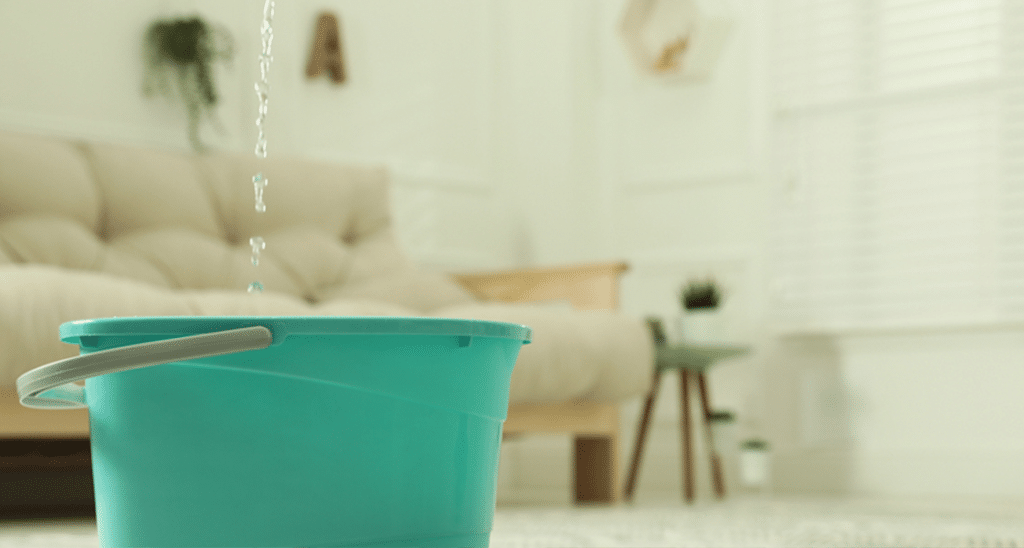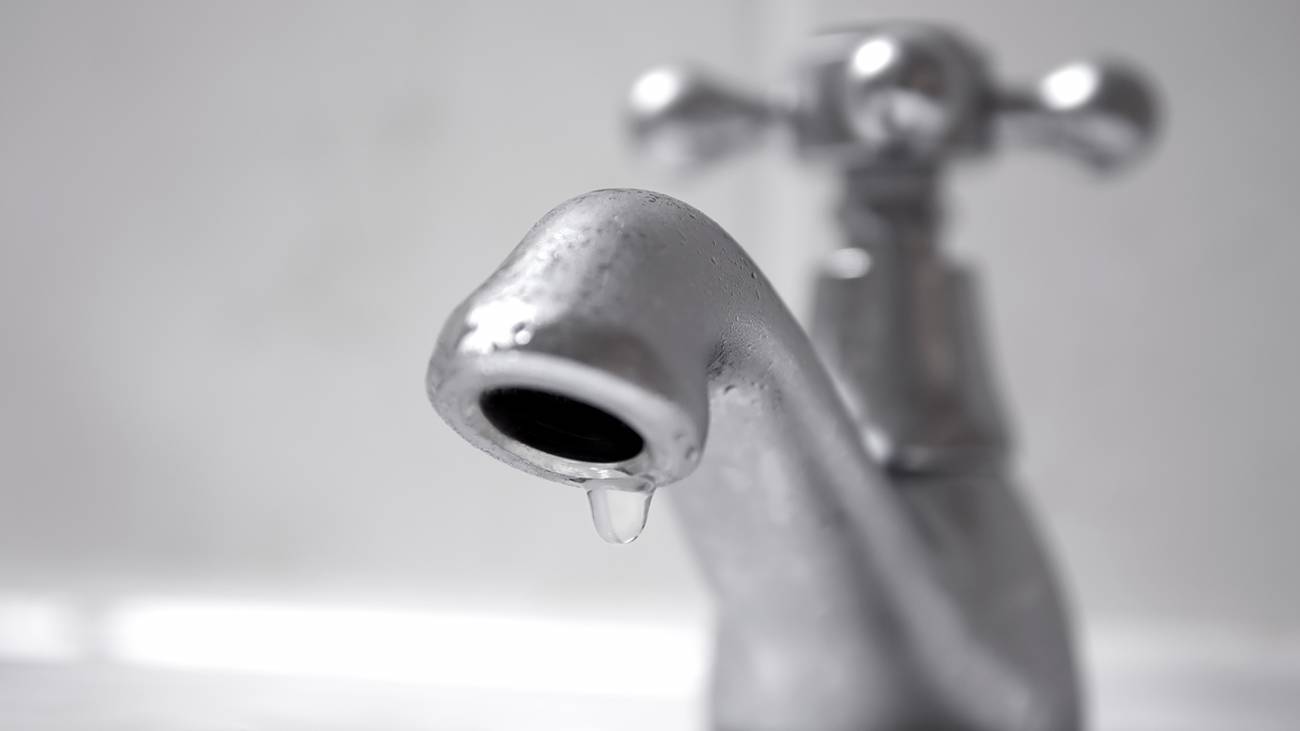Impacts of a Busted Faucet
Impacts of a Busted Faucet
Blog Article
We've discovered this post pertaining to Here's How to Fix a Leaky Faucet down the page on the net and concluded it made sense to relate it with you on my blog.

Introduction
A leaky faucet might seem like a minor annoyance, but its consequences prolong far beyond the occasional drip. Recognizing the results of a dripping tap is vital for both home owners and the setting. In this post, we'll discover the different impacts of this usual household concern and why resolving it immediately is vital.
Root Causes Of Leaky Faucets
Leaking taps can result from a selection of factors, including damage, high water pressure, and corrosion. Over time, the consistent use faucets can result in worn-out seals and gaskets, causing leaks to create. Additionally, excessive water stress can put strain on plumbing components, causing leaks. Corrosion and corrosion can likewise weaken tap elements, making them prone to leak.
Water Waste
One of one of the most considerable consequences of a leaking tap is water waste. Even a tiny drip can add up to gallons of drainage gradually. This not only increases water bills yet likewise contributes to water shortage and environmental destruction. Dealing with dripping faucets promptly is essential for preserving this valuable source and reducing its influence on the world.
Financial Impact
In addition to drainage, leaking taps can also have a substantial financial influence. Enhanced water costs are a direct repercussion of water wastefulness, costing property owners thousands of dollars every year. Moreover, the expense of fixing water damage triggered by leakages can be substantial, particularly if left unattended for a prolonged duration.
Ecological Impact
The environmental influence of leaky faucets extends beyond water wastefulness. By conserving water, property owners can add to more comprehensive efforts to alleviate water deficiency and protect natural ecological communities. Sustainable alternatives such as rainwater harvesting and water-efficient components can better reduce the environmental footprint of family water usage.
Technical Solutions
Innovations in technology have resulted in the growth of clever taps and water-saving devices that help reduce water waste. Smart taps utilize sensing units to identify motion and adjust water flow accordingly, decreasing waste without sacrificing convenience. Water-saving devices such as aerators and low-flow showerheads are also effective in conserving water without jeopardizing performance.
Worldwide Point of views
While leaking faucets may look like a localized issue, they contribute to broader global challenges such as water scarcity and environment modification. In regions already facing water stress, every drop counts, making leakage avoidance and repair service necessary. By taking on water-saving methods and purchasing sustainable technologies, homeowners can play their component in resolving these pushing worldwide issues.
Regulatory Actions
Government regulations play an essential role in minimizing the effect of leaking faucets and advertising water conservation. From building codes that call for water-efficient components to water-saving rewards and rebates, policymakers have a series of devices at their disposal. By executing and enforcing these laws, federal governments can guarantee that homeowners focus on water preservation in their daily lives.
Community Influence
Attending to dripping faucets needs cumulative initiatives at the neighborhood degree. By increasing understanding about the relevance of water preservation and providing resources for leak detection and fixing, regional authorities can equip house owners to take action. Campaigns such as water-saving rebate programs and leakage detection projects can incentivize behavior adjustment and advertise responsible water usage.
Instance Studies
Real-life instances of the impact of leaking taps highlight the relevance of positive upkeep and timely repair work. From water damages to skyrocketing water expenses, the repercussions of ignoring leaks can be extreme. By sharing these case studies, home owners can better comprehend the value of dealing with dripping faucets quickly.
Educational Campaigns
Educational projects play a crucial function in elevating awareness concerning the effects of leaking taps and advertising water preservation practices. With workshops, workshops, and on-line sources, property owners can discover just how to detect and repair leaks themselves. By equipping people with expertise and devices, educational campaigns can foster a society of responsible water usage within communities.
Health and wellness Worries
Dripping taps can develop helpful settings for mold and mildew growth, posing health risks to residents. The existence of mold can worsen breathing problems and allergies, particularly in vulnerable individuals. Additionally, water damage arising from leakages can endanger the architectural stability of buildings and result in expensive repair work.
DIY vs. Professional Repair
When faced with a dripping tap, home owners usually question whether to attempt repairs themselves or work with a specialist plumber. While do it yourself repair work can save cash, they might not constantly deal with the underlying issue properly. Specialist plumbing technicians have the know-how and devices to diagnose and fix leakages properly, guaranteeing long-term remedies and peace of mind for homeowners.
Safety nets
Avoiding leaky taps needs regular upkeep and proactive actions. Basic tasks such as changing worn-out washing machines and seals can stop leaks from creating. Furthermore, updating to top quality components and minimizing water stress can help lengthen the life expectancy of taps and reduce the threat of leaks.
Verdict
To conclude, the effects of a leaking tap prolong much beyond the periodic drip. From water wastage and raised water bills to wellness issues and ecological impact, the consequences of disregarding leakages can be considerable. By addressing leaking taps quickly and taking on water-saving practices, house owners can mitigate these impacts and add to a more sustainable future.
Why You Shouldn’t Ignore a Leaky Faucet in Your Home
What Causes a Leaky Faucet?
Various factors can cause a leak, from loose and worn-out parts to corrosion. Your faucet has four essential components from which most plumbing issues will stem: the O-ring, the valve seat, the washer and the gasket.
What Is an O-Ring?
The O-ring is a stem screw that fastens parts of the faucet in place, preventing water from leaking out of the spout. Depending on your faucet type, the stem might have multiple O-rings. Water will drip from the faucet’s handles and base if this part breaks or deteriorates.
What Is a Valve Seat?
The valve seat controls the flow and temperature of the water. Found at the base of the handle, it works as a seal for the faucet’s stem. The valve seat ensures the water is allowed to flow or is blocked as the handles dictate. You’ll know it’s malfunctioning when water leaks from your faucet’s sides.
What Is a Gasket?
The gasket is found between the water inlet and the valve stem. It creates a seal between the faucet and the sink, holding its joints by aerators attached to the stem’s head. Water will trickle out from the base if the gasket isn’t working.
What Is a Washer?
The washer secures the handles and prevents leakage, serving a similar purpose to the O-ring. While the O-ring is ordinarily round and made from an elastic material, such as rubber, the washer is square-shaped and composed of brass, copper and other hard metals. If it malfunctions, corrodes or has been improperly installed, water will leak out of the handles, causing that incessant faucet drip.
Why Is a Leaky Faucet Dangerous?
A leaky faucet left alone for too long can have significant consequences.
Pest Infestations
Since bugs and rodents gravitate towards the scent of water, a leaky faucet will draw pests to your sink. Both are looking for leaks accessible through crawl spaces, which a faucet provides. If you leave water dripping for too long, you run the risk of an infestation.
Rust
If one of the faucet parts has started to corrode, the resulting rust can spread to your pipes and valves with startling speed. The rust might even lead to cracks or other impairments, resulting in more severe plumbing issues.
Your sink could also sustain damage from a leaky faucet. The water in your tap possesses sparse elements of calcium and iron that can stain your sink with repeated and prolonged exposure. Once those elements in the water have been open to the air for some time, your sink will start to rust, creating marks that can be difficult to remove.
https://www.tomsmechanical.com/blog/why-you-shouldnt-ignore-a-leaky-faucet-in-your-home

Hopefully you enjoyed our topic on Potential Health Risks Associated With Leaky Faucets. Thanks a ton for spending some time to browse our blog post. Liked our post? Please share it. Let others locate it. I enjoy your readership.
Report this page